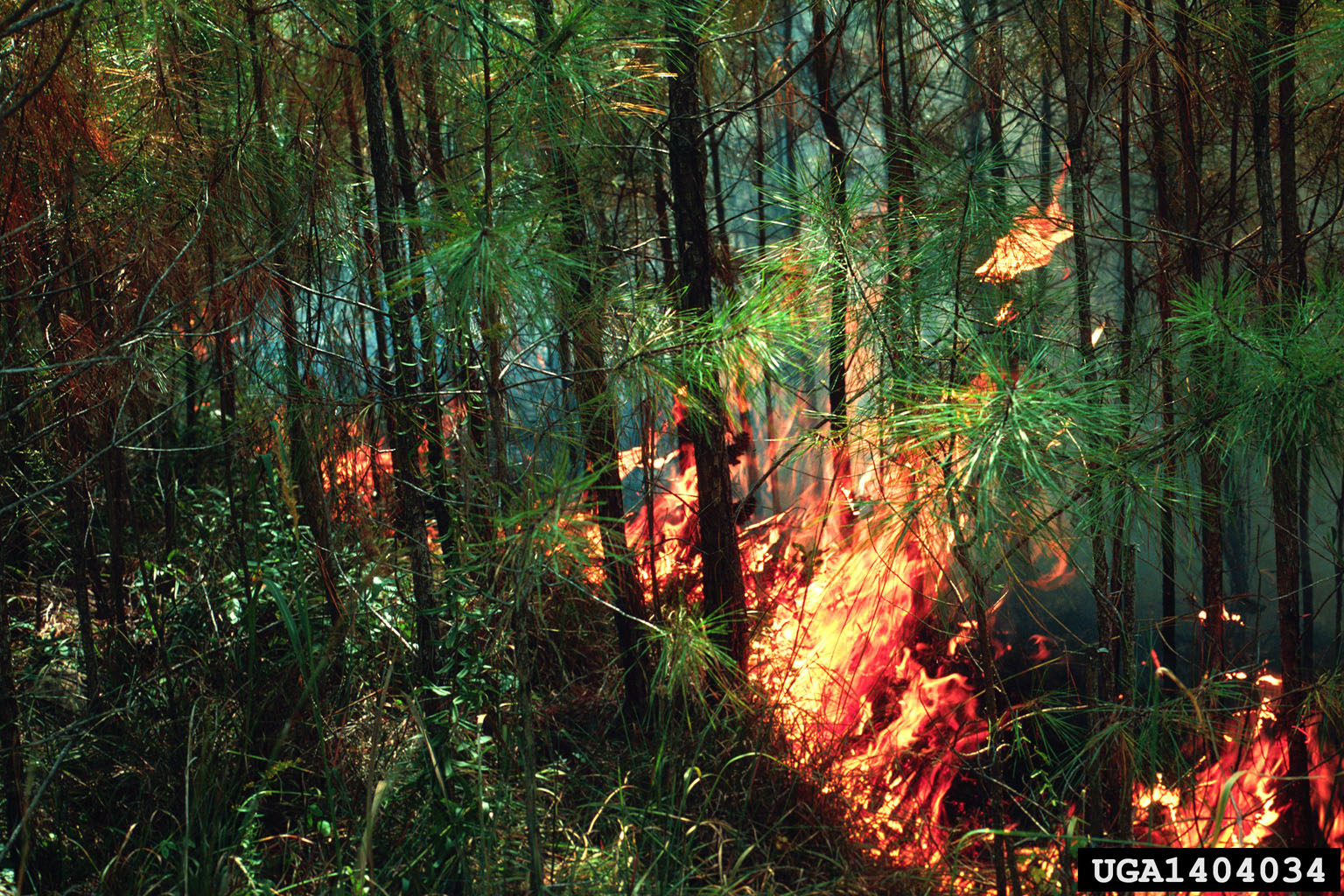Southern Pine Beetle: Your Checklist for Prevention
With a little planning and active management, you can protect your woods from the southern pine beetle.
Here’s your checklist for a healthier, SPB-free forest:
 Plant the
right tree on the right site. Some pines are more vulnerable to SPB attack
than others. If it’s appropriate for your site, consider planting longleaf pine
instead of the more susceptible shortleaf, loblolly, Virginia, and pitch pines.
Plant the
right tree on the right site. Some pines are more vulnerable to SPB attack
than others. If it’s appropriate for your site, consider planting longleaf pine
instead of the more susceptible shortleaf, loblolly, Virginia, and pitch pines.
- Plant at the right density. Shoot for about 450 stems per acre, and space your trees between 10 -12 feet apart.
Photo: Rebekah D. Wallace, University of Georgia, Bugwood.org
 Thin, thin, thin. Thin your forest as frequently
as is biologically and economically appropriate for your site. Don’t
wait. Aim for spacing, post thinning, so your trees are at least 20 feet
apart. Keeping tree stands open and understory competition low will make
for more vigorous trees and greater resin flow, which give trees a better
chance at surviving SPB attack.
Thin, thin, thin. Thin your forest as frequently
as is biologically and economically appropriate for your site. Don’t
wait. Aim for spacing, post thinning, so your trees are at least 20 feet
apart. Keeping tree stands open and understory competition low will make
for more vigorous trees and greater resin flow, which give trees a better
chance at surviving SPB attack.
Photo: Scott Roberts, Mississippi State University, Bugwood.org
 Burn with
care. Low-intensity fire is part of pine ecosystems, and can also help keep
your tree stands open. But use prescribed burns with care: fires that burn too
hot can stress trees, leaving them more vulnerable to southern pine beetles.
Burn with
care. Low-intensity fire is part of pine ecosystems, and can also help keep
your tree stands open. But use prescribed burns with care: fires that burn too
hot can stress trees, leaving them more vulnerable to southern pine beetles.
Photo: David J. Moorhead, University of Georgia, Bugwood.org
Beyond preventing SPB infestation, these practices will benefit your family and your woods by providing
- Increased economic return, because open stands yield stronger, healthier trees with higher-quality timber.
- Reduced fire risk.
- Improved wildlife habitat.
- Improved aesthetics.
Whether you’re implementing your prevention checklist or controlling damage from an existing infestation, you don’t have to go it alone.
State, county or consulting foresters, the Forest Service or your local cooperative extension service can all help you SPB-proof your woods and preserve your forest legacy.


